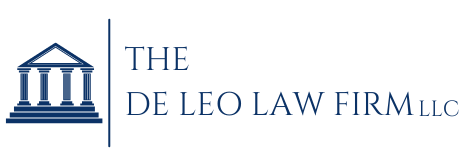Debt Limit Increased for New Chapter 11 Subchapter V
In February, 2020, a new Subsection V to Chapter 11 of the Bankruptcy Code became effective.
As many of you are aware, Chapter 11 is generally used for the purpose of reorganization by businesses or by individuals whose debt exceeds the Chapter 13 debt limitation (below $394,725 in unsecured debt and below $1,184,200 in secured debt). Chapter 13 debt limits can easily be surpassed by individuals who have personally guaranteed business debt or have large student loans. The problem with Chapter 11 to small businesses and individuals is that it moves slowly and is very expensive as it was originally designed to reorganize large corporations.
As an alternative, Congress finally passed a new Subchapter V which creates a shorter, more cost effective, stream-lined approach for small business and personal reorganization. As passed, individuals and businesses that qualify as a "small business debtor" are eligible for relief.
To be a "small business debtor," the following criteria are required: (i) debtor is engaged in commercial or business activities; (ii) debtor has no more than $2,725,625 of non-contingent liquidated secured and unsecured debt; (iii) 50% of debt must have been generated from business or commercial activity; and (iv) the debtor cannot have as its primary activity the ownership of single asset real estate.
Under the recently passed CARES Act, the debt limit for a Subchapter V entity has been increased, applicable only for 12 months since the passage of the Act, to $7,500,000. However, this only applies to Debtors filing their cases AFTER the passage of the CARES Act in March, 2020. The higher debt limit will help many small businesses and individuals who would otherwise been ineligible had the losses not occurred after the outbreak of COVID-19.











